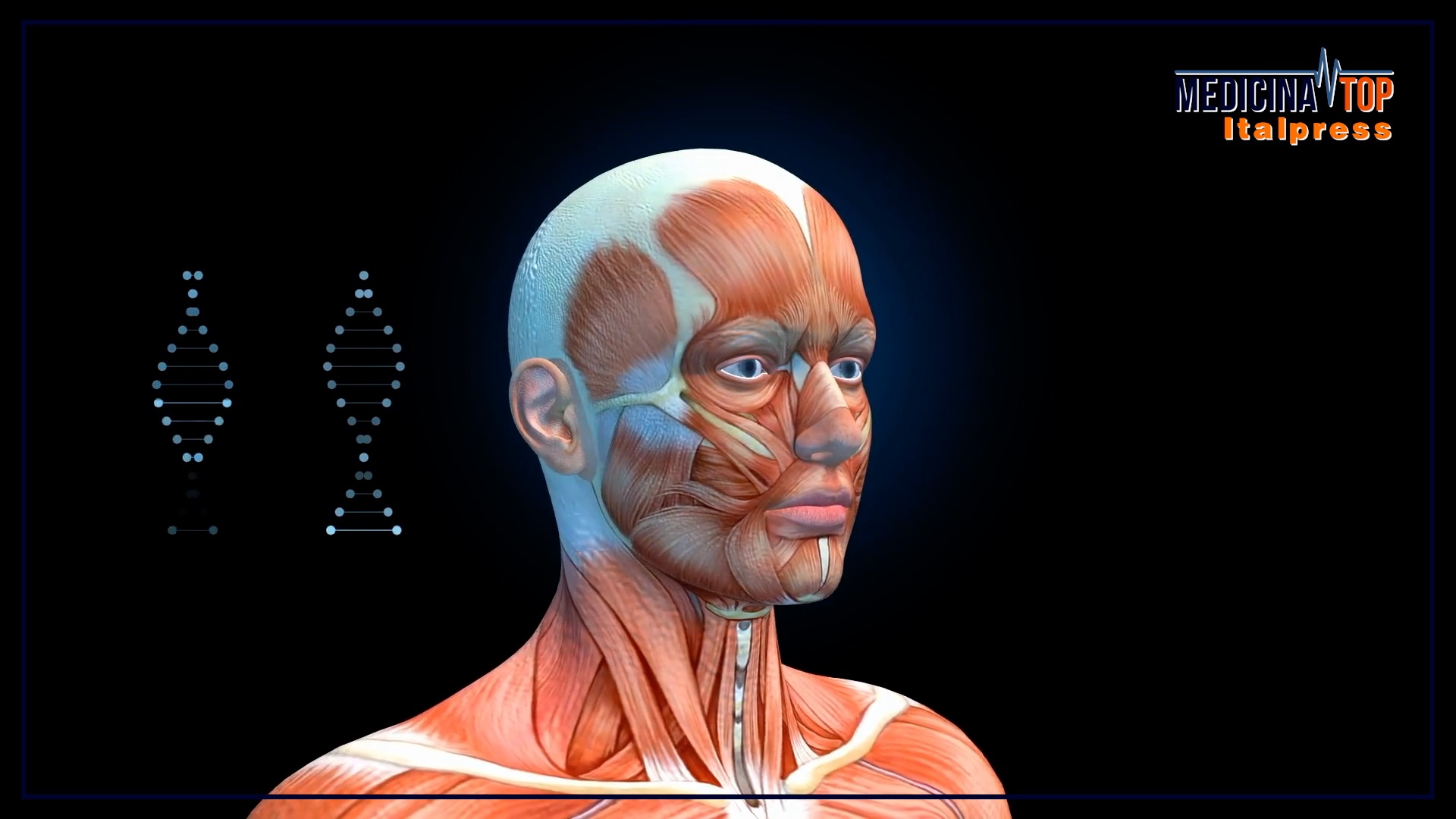ROME (ITALPRESS) – Facial paralysis is a condition characterized by the total or partial loss of voluntary movement of facial muscles. Its impact on the patient’s quality of life is very high; fortunately, very often treatment proves effective and therefore the manifestation disappears.
“The most common is Bell’s palsy, which is sudden and affects one in 65 people over the course of a lifetime: in 70 percent of cases it recovers perfectly, there is a 30 percent that leaves consequences, and less than 1 percent do not recover at all,” said Federico Biglioli, professor of Maxillofacial Surgery at the University of Milan, interviewed by Marco Klinger for Medicina Top, a TV format of the ITALPRESS news agency.
“The mimic musculature” is made up of “slender muscles that go into trophy, then progressive disappearance: after 18 months we lose the train, so it is useful to reinnervate them early if we have paralysis. For example, if there is paralysis from surgery or trauma, we already know that the nerve is cut, then we don’t have to wait. On the other hand, if the patient comes too late, we are able to repair it though with more onerous procedures,” he explained.
There are different types of facial palsy, peripheral and central: the former “means that one side of the face loses the function of movement (the eye divides, tissues fall out, and patients cannot produce movement), while central is rarer and results from a tumor or stroke.”
The causes of facial palsy “are many: there are congenitals that are born that way or surgeries. The most common is Bell’s palsy, also known as ‘frigor palsy’: the term is a bit of a misnomer because it’s not that the nerve freezes with cold, however, there can be an air blow that predisposes to viral infection that then occurs.”
Treatment “can range from simple cortisone to physiotherapy to botulinum toxin and, in certain cases, microsurgery. There are various gradations of intervention.” The “most advanced” technique that Biglioli has been proposing “for a couple of years now” involves using nerves from peripheral areas of the body, “partly on the healthy side quality stimuli, partly also on the pathological side other stimuli that are not from the facial nerve, to restart the face. You don’t go back to the way it was before, but it’s close: it’s many hours in the operating room, however, you can see the result.”
Reinnervation “quality, emotion-responsive or spontaneous blinking takes up to a year to establish well.” Static remedies “alone are outdated measures. In combination, they give useful results.” The Hepta-innervation technique “is definitely the most sophisticated,” Biglioli stressed, but “I think the intervention should always be individual to try to get” the best result. Biglioli also reminded that “those who have already had a facial palsy have a 1 in 16 chance of having a second one: I advise those who have had ear pain-which is typical before having a palsy-to go instantly to the ENT if they feel it again.”
-Photo taken from video Medicine Top-
(ITALPRESS).

